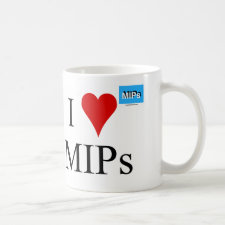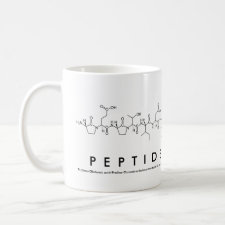
Authors: Papaioannou EH, Liakopoulou-Kyriakides M, Papi RM, Kyriakidis DA
Article Title: Artificial receptor for peptide recognition in protic media: The role of metal ion coordination.
Publication date: 2008
Journal: Materials Science and Engineering: B
Volume: 152
Issue: (1-3)
Page numbers: 28-32.
DOI: 10.1016/j.mseb.2008.06.017
Alternative URL: http://www.sciencedirect.com/science/article/B6TXF-4SY6TN1-1/2/8e85f6b4078ca7c70f437365ddc0b0df
Abstract: The production of molecularly imprinted polymers (MIPs) for the recognition of C-terminal cholecystokinin pentapeptide (CCK-5) in the presence of metal ion is reported. The MIPs were produced under the same molar ratio of template to monomers (acrylamide, N,N'-methylene bisacrylamide) in the presence or absence of nitrilotriacetic acid-nickel (Ni-NTA) complex. Scanning electron microscopy images of MIPs were obtained in an attempt to correlate the adsorption characteristics with polymer's morphology. Subsequently Ni2+ was removed and substituted by other divalent ions such as Mg2+, Fe2+, Zn2+, Co2+ and Cu2+. It was found that polymers containing the metal ion complex with the order Fe-NTA, Ni-NTA and Cu-NTA presented lower dissociation constant values than the rest thus exhibiting stronger guest binding activity. The percentage of theoretical maximum binding sites Bmax was almost the same for these ions, indicating that the ion-template coordination is responsible only for their binding strength and not for the number of active sites. The data showed that the proper ion or the ion exchange in the produced MIPs could lead to materials with interesting recognition abilities regarding CCK-5 or/and other isoforms of CCK-5
Template and target information: C-terminal cholecystokinin pentapeptide, CCK-5, CCK hormone, peptide
Author keywords: molecular imprinting, Metal ion coordination, cholecystokinin-C terminal pentapeptide, Peptide-metal interactions



Join the Society for Molecular Imprinting

New items RSS feed
Sign-up for e-mail updates:
Choose between receiving an occasional newsletter or more frequent e-mail alerts.
Click here to go to the sign-up page.
Is your name elemental or peptidic? Enter your name and find out by clicking either of the buttons below!
Other products you may like:
 MIPdatabase
MIPdatabase









